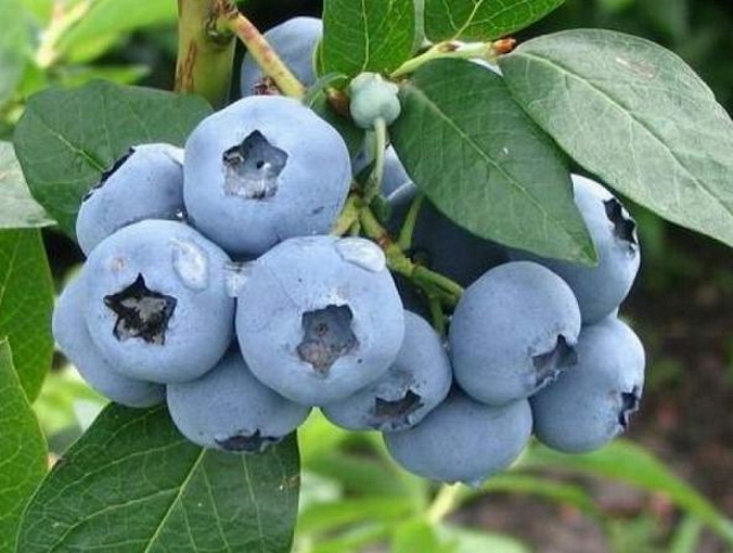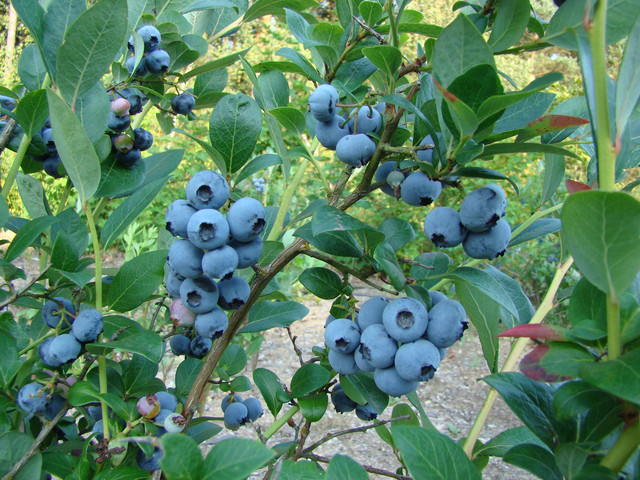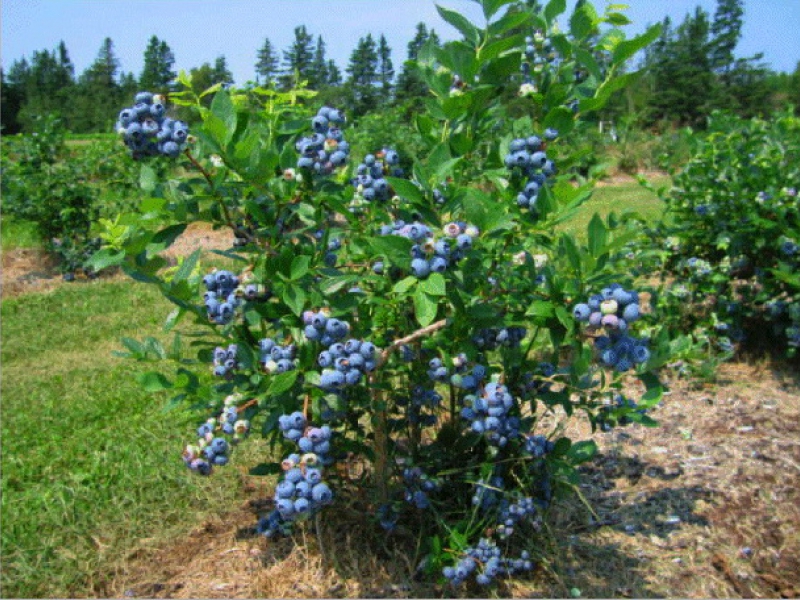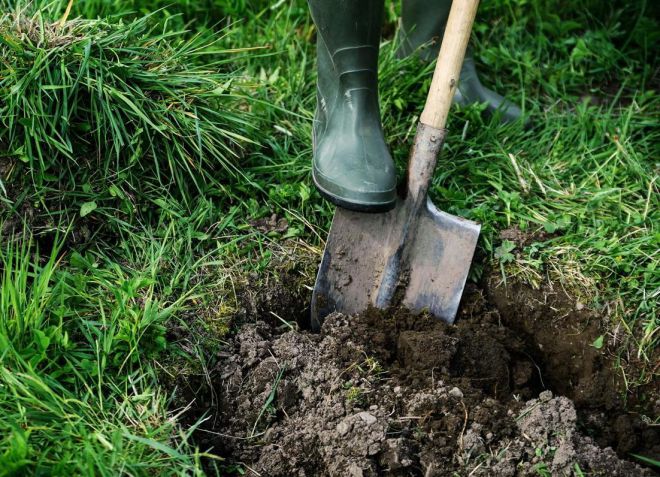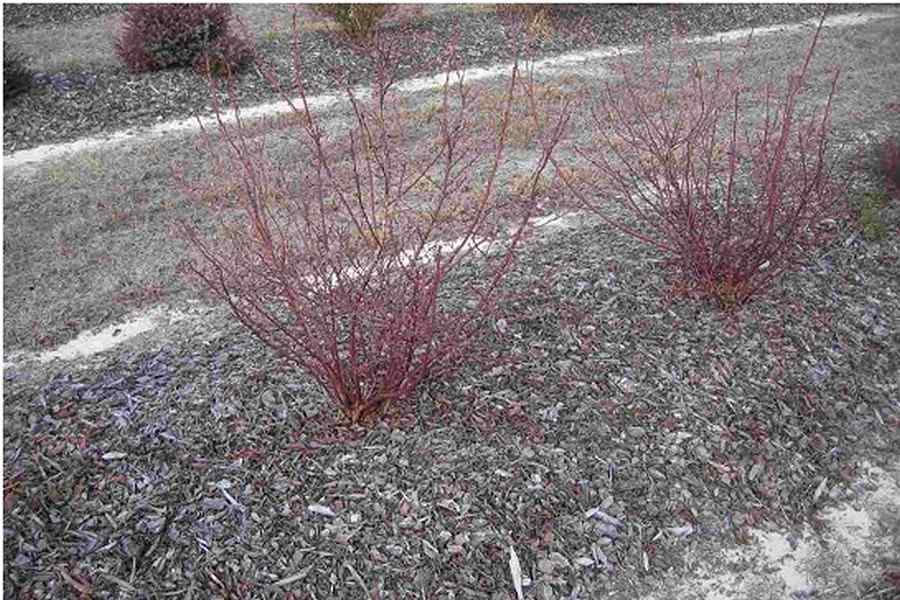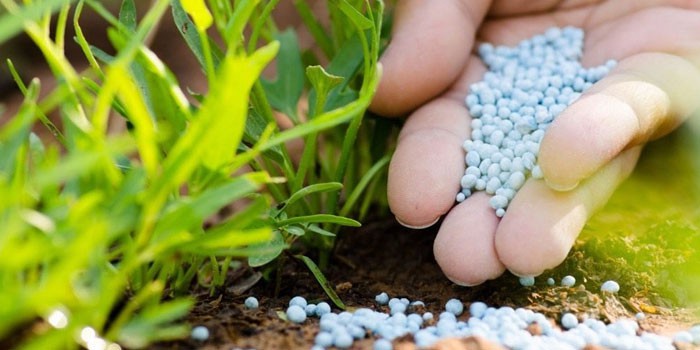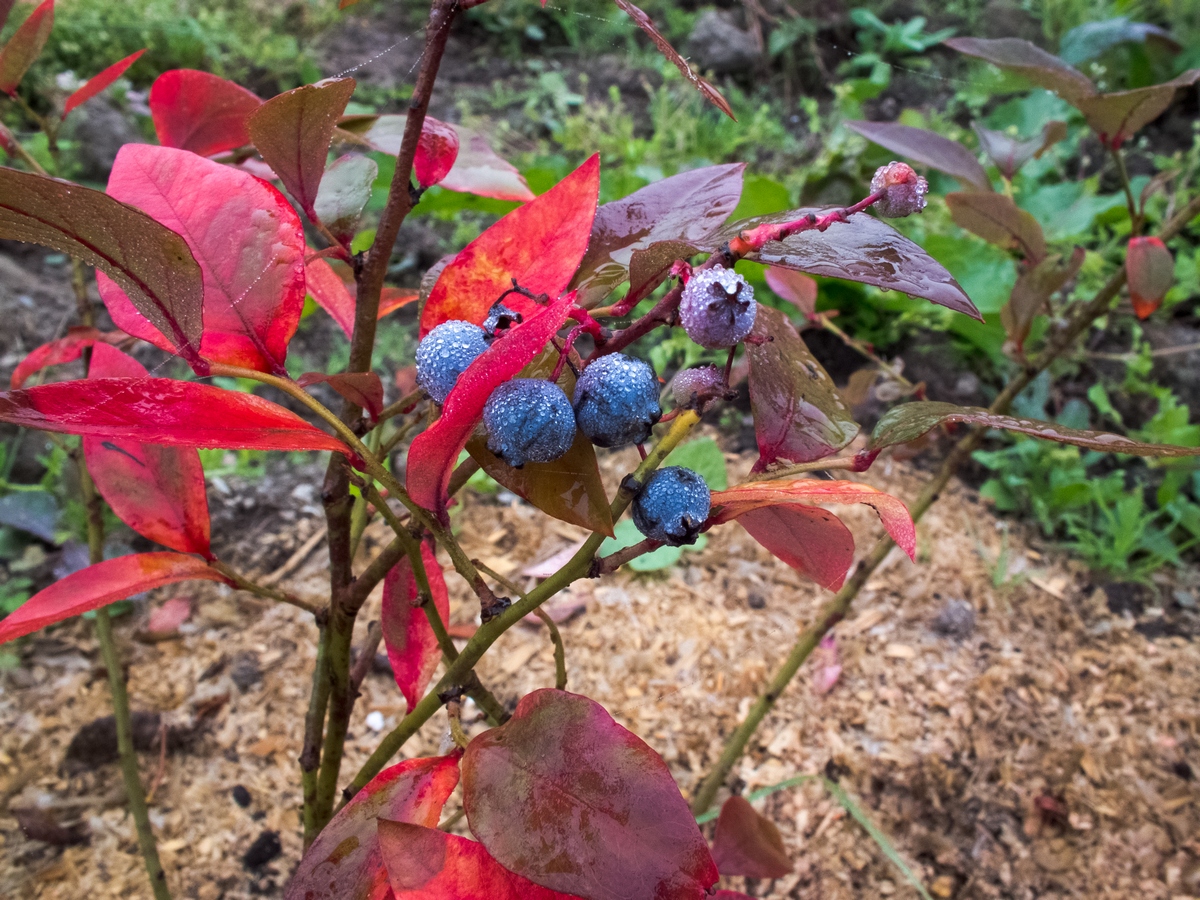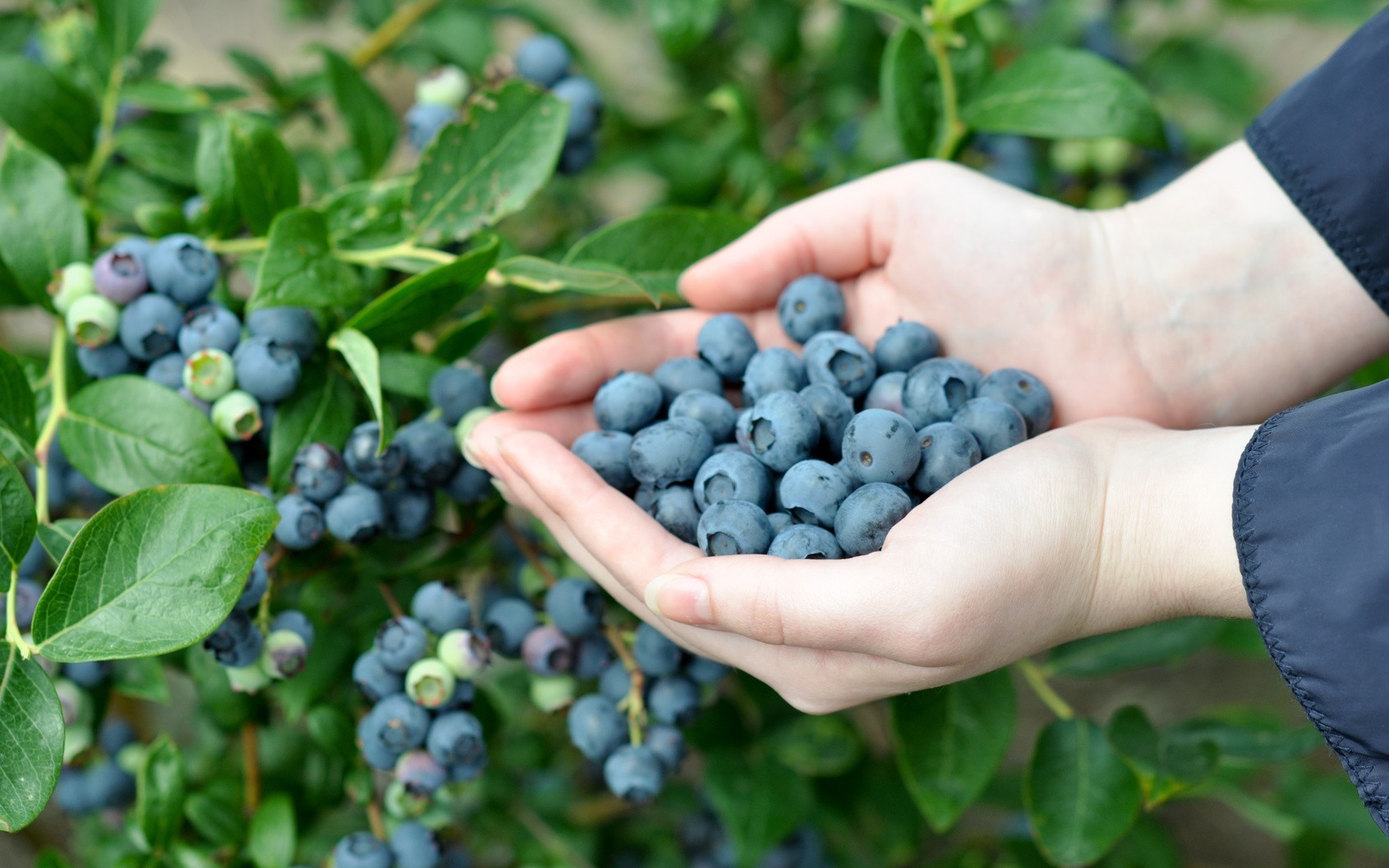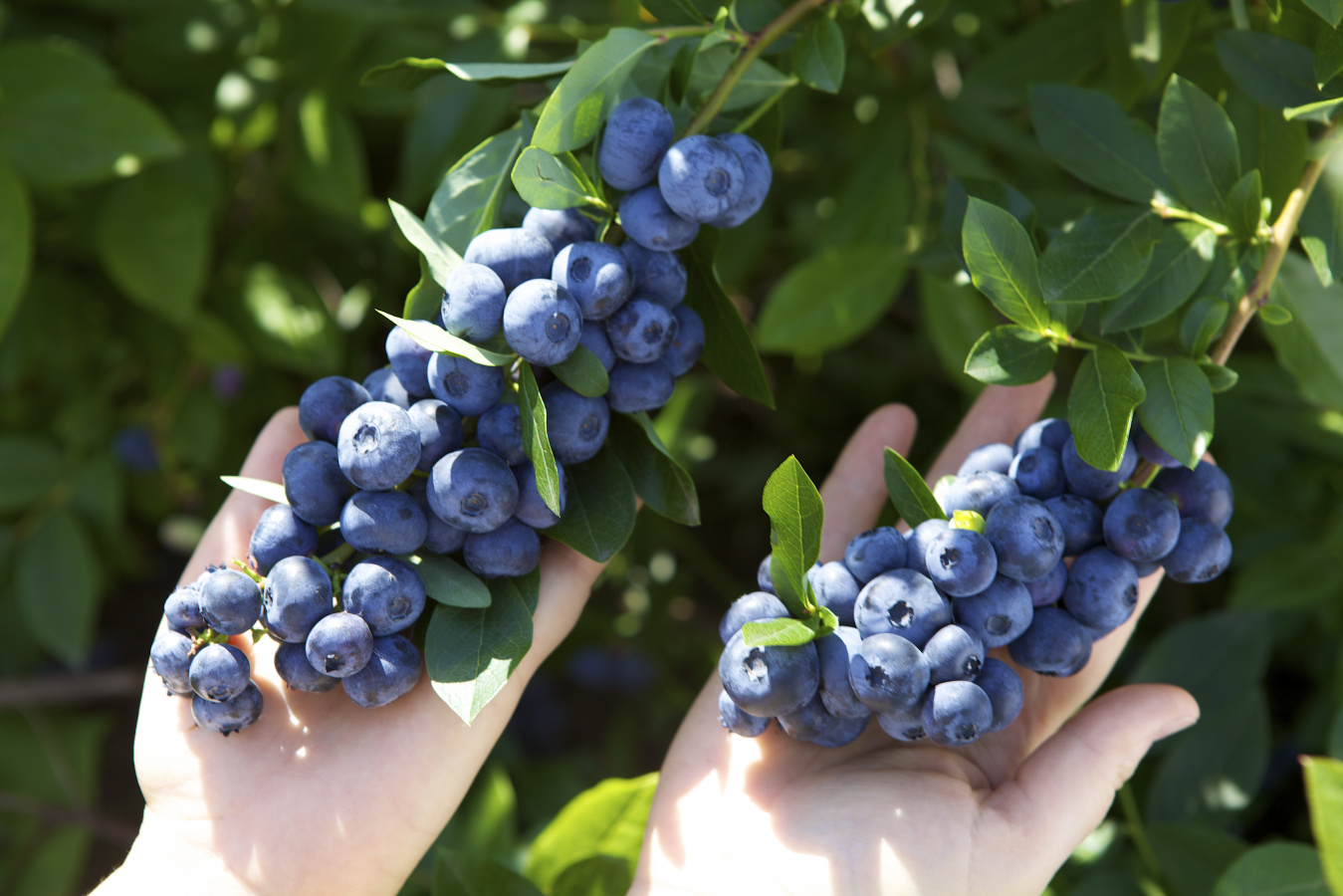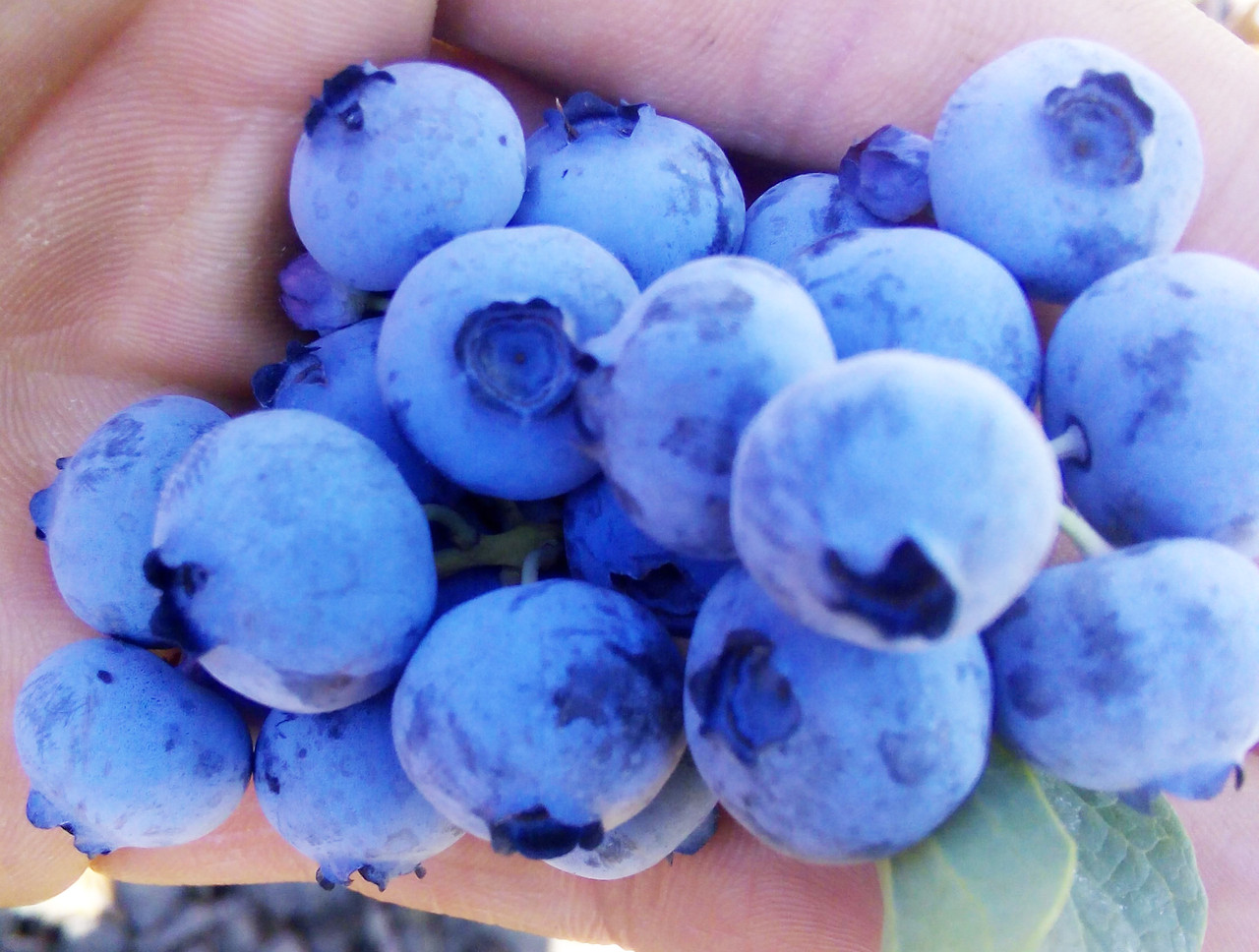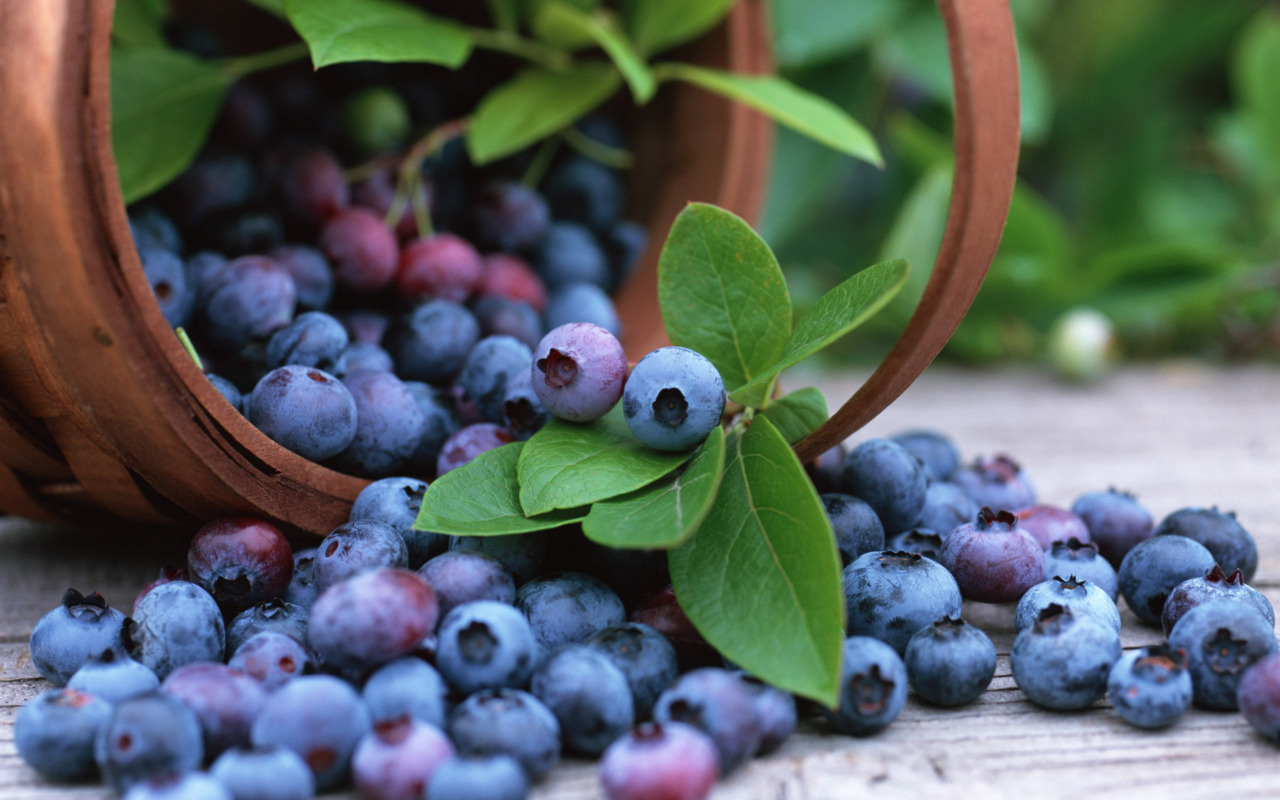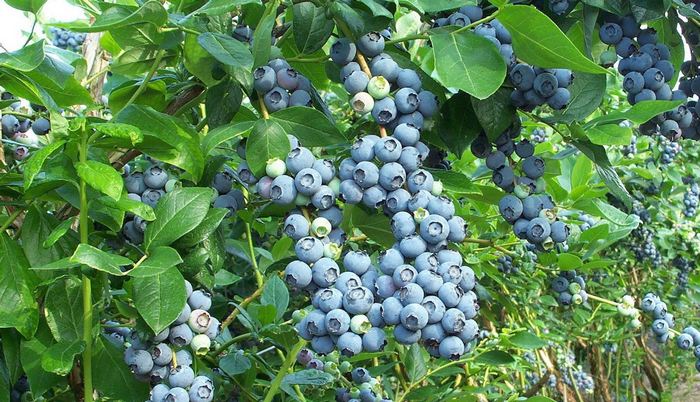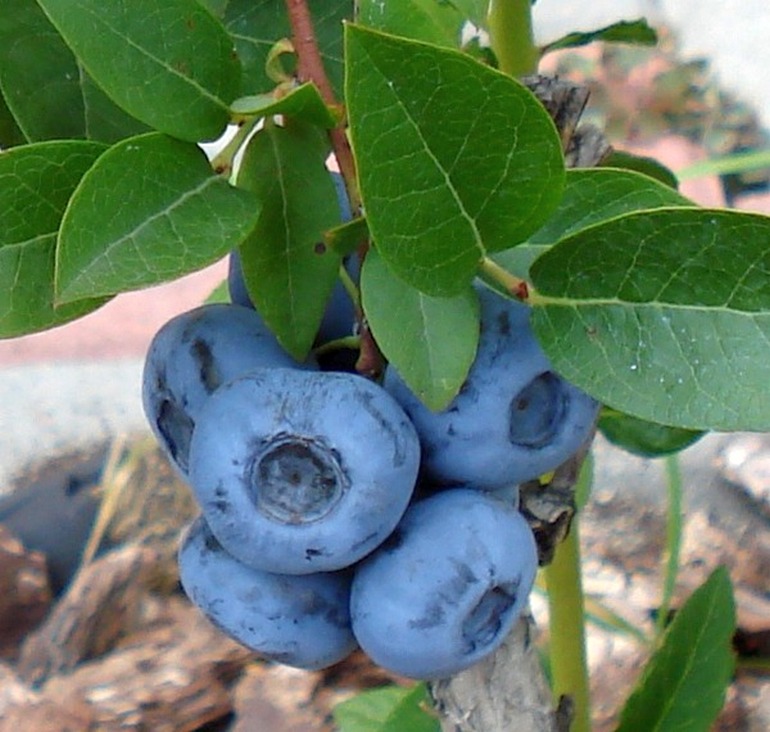Content:
Many people bought delicious blueberries from the forest at the market. The beloved taste of Denis Blue blueberry attracts gardeners and gardeners to grow it on their lands, especially since the characteristic of the miracle of the berry and proper care allow this to be done.
Variety history
Garden blueberries came to our region from North America. The blueberry bush in this country grew in the wild, and from the twentieth century it began to be cultivated by gardeners. Thanks to the selection work, varieties were grown that are distinguished by high yields and frost resistance. At the same time, the varietal bush is tall, it can reach up to two meters in height. The fruits are large and sweet. Blueberry fever spread from America to Europe, where the berry captured the hearts of most people.
In the gardens of Moscow and the Moscow region, varieties of early maturing varieties have taken root, since the later ones do not have time to ripen.
Description of the Denis Blue variety
What is Denise blueberry blueberry, the description of the variety will familiarize gardeners more closely. This variety belongs to those who arrived in Russia from New Zealand. In terms of taste, blueberries can be classified as dessert ones. The fruits are large, with an average height of the bush.
Blueberry Denis Blue, a more detailed description of the variety:
- blueberry ripens from late July to mid-August;
- fruits tend to reach full maturity in large quantities;
- the bush grows one and a half meters in height;
- the fruits are blue, weigh up to two grams, grow up to 22 millimeters in diameter;
- bushes give few shoots, while tolerating winter well;
- the bush blooms late, thus, with late frosts, the flowers do not freeze.
Planting blueberries Denis Blue
After the bush is in the hands of the gardener, it must be planted. It should be borne in mind that Denise blue blueberries are not grown in places where there is an excess of moisture, since this factor kills the roots of the plant. The peculiarity of the bush is that it prefers to grow in conditions of moderate humidity.
Helpful advice. Blueberries are best planted in open areas where there are no other garden plants, as this is bad for plant growth.
The area where Denis Blue grows should be quiet and light, protected from the winds by trees, but at the same time sunny. These conditions will contribute to a good blueberry harvest.
An average varietal blueberry bush looks like this:
- the shrub has branches up to one and a half meters in height;
- the root system is located in the upper layers of the soil, while it is thin, densely branched;
- feeds on blueberries with mycosis fungus, which grows directly on the root system;
- soil acidity should reach up to pH 8;
- the structure of the roots is thin, which does not allow penetration to depth.
Proceeding from this, we select the acidic and at the same time light soil. In addition, water should flow well from the roots, otherwise they will begin to rot. If there are no suitable conditions on the garden plot, then you can create them yourself.
This will require:
- peat crumb;
- fallen needles;
- bark of trees;
- sawdust from sawing coniferous trees;
- sand.
Preparing for landing
In the prepared area, cleared of the roots of cut trees and weeds, you need to dig holes for planting.
This is done like this:
- depending on what type of soil on the site, dig a hole 60x40 centimeters or make a ten-centimeter depression in the clay soil;
- the pit is completely filled with the prepared mixture, on clay soil, a mound is made in the place of the deepening;
- all ingredients are thoroughly mixed and compacted;
- when preparing the holes, it is necessary to take into account that the distance between the bushes should be at least a meter.
Council. For planting a bush on a site, it is best to purchase seedlings that are at least two years old.
Before planting, you must prepare the seedling itself:
- in order for the root system to start functioning normally, it is immersed in water for a quarter of an hour;
- a dense lump of earth around the roots is carefully kneaded or torn;
- the roots must be straightened and laid in a horizontal position, this will contribute to the rapid engraftment and growth of the bush.
Landing
Landing takes place as follows:
- the seedling is placed in a hole, the roots are straightened and covered with earth;
- during planting, it should be taken into account that fertilizers are not applied under the root system; blueberries should be revitalized later, in the development process;
- the planted bush is watered;
- mulching is done with sawdust or chips, which are covered with a layer of at least 10 centimeters.
Care
For the normal development of the plant after planting, proper care is very important, which includes:
- watering;
- mulching;
- maintaining acidity in the soil;
- top dressing.
Blueberries should be watered at least twice a week. Up to a bucket of water is poured under one bush. This stage is important during the period when fruits ripen - the plant is watered abundantly in July and August. At the same time, on especially hot days, it is recommended to create a small shower for the bush by sprinkling it with water.
Mulching is done every year, but before that, it is imperative to apply nitrogen fertilizers to prevent the roots from starving, since rotten sawdust takes nitrogen from the roots of the plant. For this process, straw, sawdust, bark and fallen needles are taken in equal proportions.
Acidic soil is very important for the blueberry bush, so it must be watered periodically with a solution of citric or acetic acid. An electrolyte is used as an alternative.
Fertilizer is applied under the blueberry bush three times per season. The first one must be added before bud break, the second one before flowering, and the third one some time before ripening. Fertilize with Azophos or complex universal fertilizers. Under each bush, you need to make them depending on the age of the bush. Starting from the age of two, a spoonful of fertilizer is applied, while the amount is doubled every year.
Pruning
Thanks to pruning, the yield increases, there is every chance of getting large fruits and protecting the shrub from the development of diseases. You need to prune the plant before the buds have blossomed.
These works are performed as follows:
- Young bushes begin to form from the age of two. To do this, cut the twigs by a third. All small twigs are removed from the base of the bush, the buds that are going to bear fruit are removed;
- Mature shrubs are pruned to increase yields, removing all open branches and leaving only those that grow upward.
Since Denis Blue blueberries have high winter hardiness, they are sheltered only in those regions where the low temperature lasts for a long time.
Diseases and pests
If changes begin to occur with the blueberry bush, then you should immediately determine the cause and take measures to eliminate them. One of the reasons may be a shortage or excess of fertilizers.
- When a plant is starving from a lack of nitrogen, the leaves begin to turn yellow and then turn red;
- In the absence of phosphorus, the leaves turn purple;
- In case of a lack of iron, the color of the leaves becomes lemon with pronounced veins;
- If the bush lacks magnesium, the edges of the leaves will turn red;
- In the absence of sulfur, soil acidity decreases, which means that blueberries begin to starve. Pale yellow leaves will testify to this.
All these diseases of the bush are easily eliminated with the help of fertilizers. But it is best not to allow such troubles, since you can not keep track of the bush and, as a result, lose it.
In addition, although the plant is resistant to diseases, it is capable of being attacked by pests, so it is important to do prevention. To avoid uninvited guests, the bush must be treated with Bordeaux liquid in the spring. After the leaves bloom, sprinkle with fungicides. The last treatment of the plant should be carried out in late autumn.
Advantages and disadvantages of the variety
Denis Blue blueberries have a number of advantages, due to which many gardeners prefer to grow it.
These include:
- large berries with an excellent sweet taste;
- the ability to withstand frost down to -28 degrees;
- the bush can be shaped to taste.
But, despite the advantages, there are some disadvantages, the main of which is the need for a special type of soil. The shrub prefers to grow and bear fruit in light soil with high acidity, as well as a sufficient amount of humus.
The remaining disadvantages are considered to be:
- the plant takes a long time to propagate;
- does not tolerate drafts and wind;
- it takes five to six years to fully form an adult fruiting bush.
In order to have on the table a fresh ripe miracle blueberry Denis Blue, a gardener needs to make a lot of effort. Nevertheless, a large harvest of sweet blue berries will meet all expectations and delight the owners.
